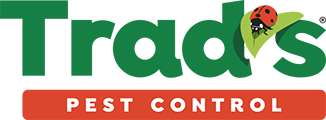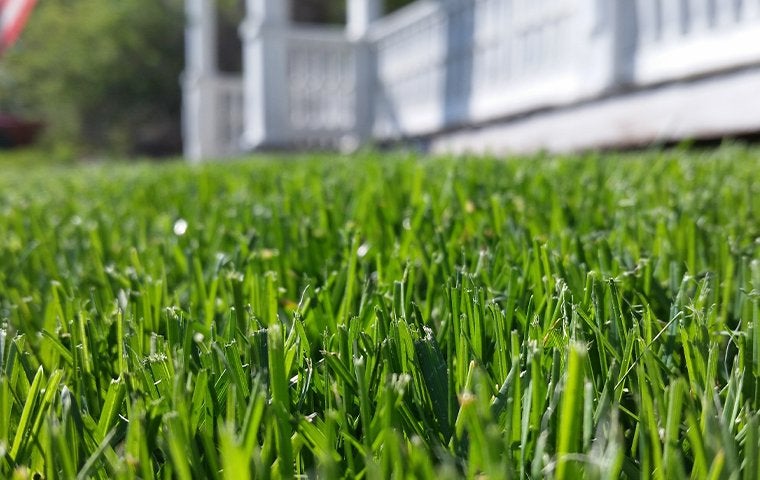If you’ve been wondering why your once-green Jacksonville, FL lawn is suddenly turning brown, it may be due to sod webworms. These pesky pests can quickly turn a beautiful yard into an eyesore. In this post, we’ll give you the lowdown on sod webworms – what they are, whether they are harmful to humans, how to get rid of them, and when to contact an expert in Jacksonville pest control like Trad’s Pest Control.
Have You Heard Of A Sod Webworm?
The sod webworm is the larval form of a small brownish-gray moth. The adult moths are most active at night and are attracted to lights. The female moth lays her eggs on the grass, and when they hatch, the larvae begin to feed on the grass leaves. Sod webworms can cause extensive damage to a lawn in a very short period of time – usually within two weeks.
Sod webworms are small – only about ¼ inch long – but they can do a lot of damage. They have dark brown or black heads and bodies with light-colored stripes running down their backs. Their legs are also striped. If you look closely, you may see these pests crawling on the ground or on the underside of leaves. You may also see small brownish-gray moths flying around your yard at night.
Sod Webworms Aren’t Harmful To Humans
Sod webworms are not venomous or dangerous to humans or pets. However, they can cause extensive damage to the grass in your yard. If left untreated, sod webworms can quickly destroy an entire lawn. In severe cases, they can also kill trees and shrubs. The larvae feed on the grass leaves, killing the grass and leaving large brown patches in your lawn.
These pests are particularly fond of St. Augustine grass, but they will also feed on bermudagrass, centipedegrass, and zoysiagrass. If you have a mixture of grasses in your lawn, sod webworms are likely to damage all of them.
How You Can Identify & Find Sod Webworms
The best way to find sod webworms is to look for their damage. If you see large brown patches in your lawn, sod webworms are likely the culprits. You can also look for small brownish-gray moths flying around your yard at night.
If you suspect that you have a sod webworm problem, take a closer look at the damaged areas of your lawn. You may see small worms crawling on the ground or on the underside of leaves. There’s a good chance these are sod webworms.
If you’re still unsure, try the irritation test: Take a coffee can or similar container with both the top and bottom removed. Press it into one of the brown patches on your lawn, and fill it with a mixture of one gallon of water and one tablespoon of dish detergent. Leave it for about ten minutes, then check to see if there are any sod webworms in the water. If so, it’s time to take action.
The Best Sod Webworm Treatment
If you suspect that sod webworms are damaging your lawn, it’s essential to act quickly. These pests reproduce rapidly and can quickly destroy a beautiful lawn.
Here are some tips for getting rid of sod webworms:
- Mow your lawn regularly to keep the grass short. This will make it more difficult for the larvae to hide and will also help prevent them from doing further damage.
- Water your lawn regularly. This will help keep the grass healthy and make it less susceptible to damage from the larvae.
- Apply a lawn treatment specifically designed to kill sod webworms. Be sure to read the label carefully and follow all instructions.
- Encourage predators like birds to eat sod webworms as a natural and effective method of control. You can do this by providing food and water for the birds in your yard.
If you have tried all of these methods and you’re still seeing damage to your lawn, it’s time to contact an expert in Jacksonville pest control like Trad’s Pest Control. We will identify the problem and develop a customized treatment plan to get rid of the sod webworms and protect your lawn. Contact us today!

